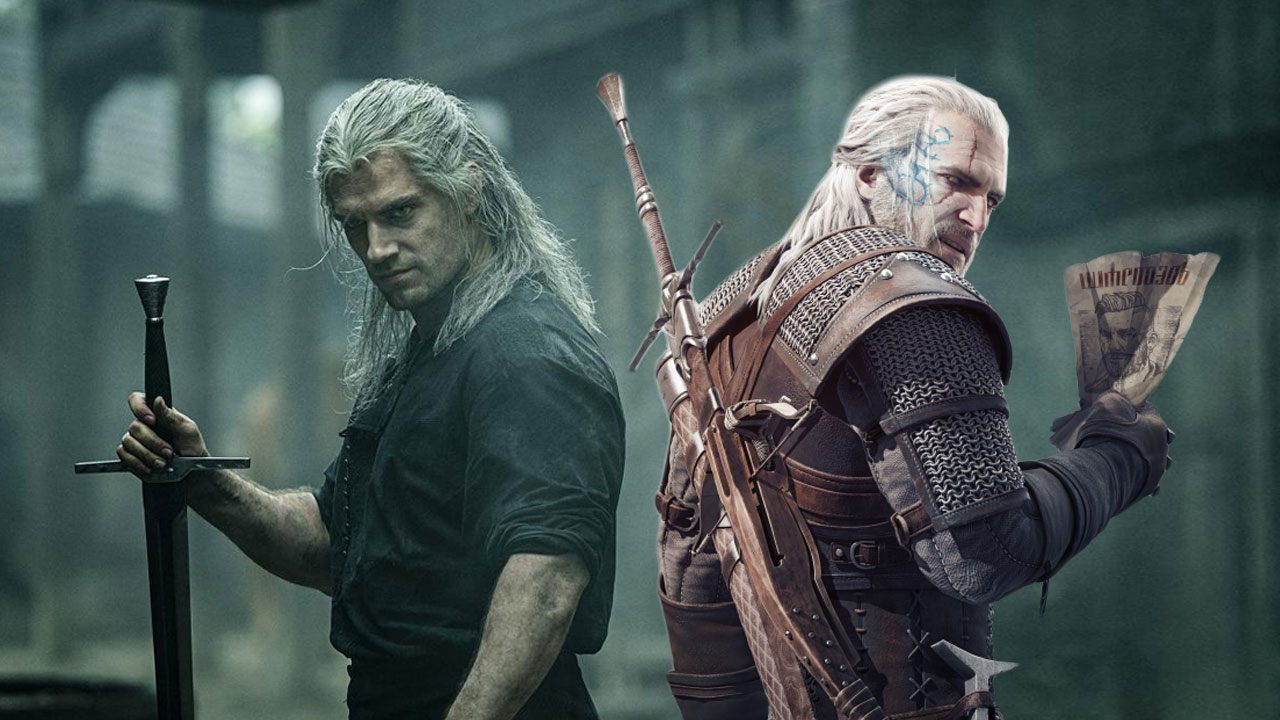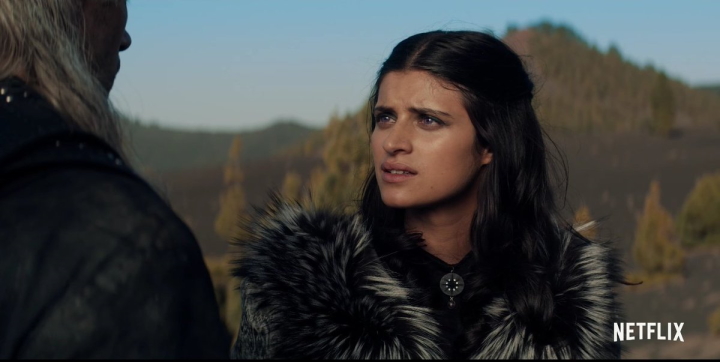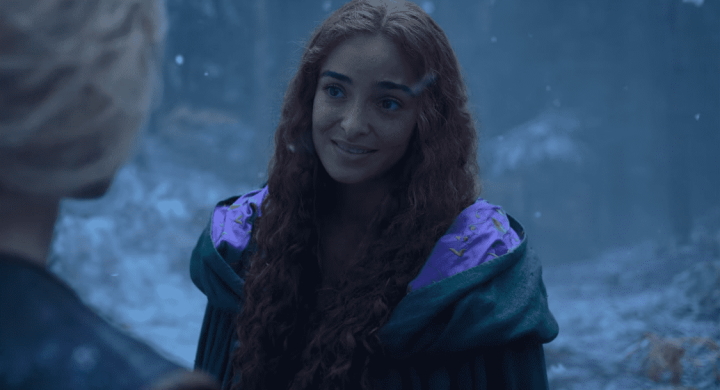Concerning Yennefer and Triss. What Can CD Projekt RED Teach Netflix About The Witcher?

- What Can CD Projekt RED Teach Netflix About The Witcher?
- Slavic charm or generic middle ages
- Friendly scuffles don't have to be cruel
- Cities are more than just empty fortresses
- Controversial heroes should be taken seriously
- Concerning Yennefer and Triss
- Dear Netflix, where's Ciri's personality?
- Geralt should be the hero of his own story
Concerning Yennefer and Triss

The Witcher, Netflix, 2019
We quickly realize that Yennefer is a woman whose share in Geralt's emotional life is huge; her character is also a permanent element of the main story of the saga.The sorceress plays a vital role in the books, games and series – in short: she is one of the main characters, incredibly important to the story as a whole. In this respect, Yennefer, as presented by Netflix, remains perhaps the most consistent character in relation to the original. You could even say that the producers went a step further: in the first season of the series, we get to know her teenage years – something that's barely mentioned in the game.
Although the expansion of Yennefer's plot is definitely commendable, the way it was presented in the show unfortunately leaves a lot to be desired. The heroine in the game is cool, restrained and carefully plans her every step. She wields magic with great composure and this is one of the things that makes her so powerful. In the series, Yennefer lacks this composure and deliberation; instead, there is a ton of emotions tormenting her, with outbursts of anger and her blaming the whole world (except herself, of course) for the harm that came upon her. She is more like a teenager facing a turbulent period of adolescence. Most likely for this reason, she also lacks a sense of humor, which was clearly shown in games. Netflix' Yennefer is harsh, and not in a friendly manner, but rather with pure spite. Maybe the image of such an emotional and explosive Yennefer in the series has to do with the fact that in this adaptation, she's younger than when we meet her in the games? If so, it justifies the procedure to some extent. Unfortunately, it doesn't make scenes with her as enjoyable as the interactions in games.

The Witcher, Netflix, 2019
Triss, the second significant sorceress in the whole series next to Yennefer, meets a similar fate. Unfortunately, she didn't get her own extensive plot in the series – she hardly got any screen time. We don't see much of Triss in the series, and she seems to be a simplified version of the Triss we know from the books. Infatuated with Geralt in Sapkowski's prose, entangled with him in a romantic relationship in the games, Triss is pushed to the background in the series, and her interactions with the White Wolf are few and far between. And since it was through them, that we learned the most about this character and got to know her, it's no wonder that the Triss from the TV show ultimately lacks character.
She also lacks compatibility with what we know from books, or even similarities to Triss from games, which upset fans so much that in the second season of the series, the sorceress appears in a different version – her hair color changes from brown to red, which is the way we see her in the games. As you can see, the fans ultimately have some influence on the production. It's a pity that they manage to reach the creators in such trivial matters as the appearance of the characters, while the content of the series and the characters' personalities remain off-limits.
